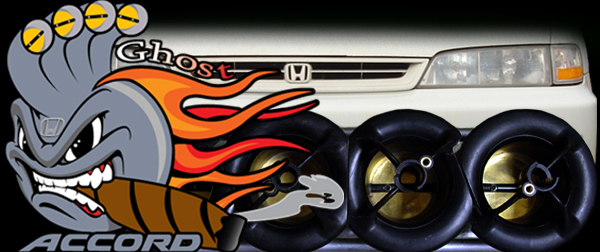Assume the car is hot off the dealer lot and everything works as designed. Assume the engine is idling at operating temperature.
1) Disconnect the IACV electrical plug.
2) Completely cover/plug the two air bypass inlet holes on the inside wall of the throttle body.
Does the engine stall?
What does your car do? On my car, the engine does not stall. In fact, it idles at ~500 RPM. Does this mean I have a vacuum leak?
1) Disconnect the IACV electrical plug.
2) Completely cover/plug the two air bypass inlet holes on the inside wall of the throttle body.
Does the engine stall?
What does your car do? On my car, the engine does not stall. In fact, it idles at ~500 RPM. Does this mean I have a vacuum leak?




Comment